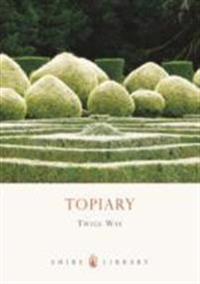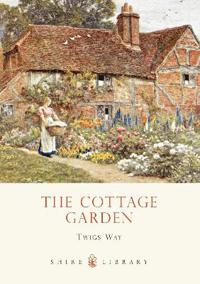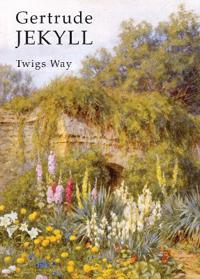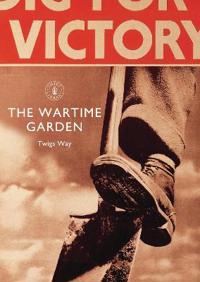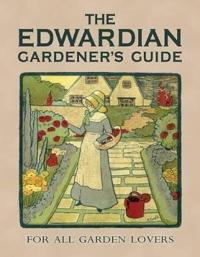Topiary (Pocket)
avTwigs Way
ISBN: 9780747807612 - UTGIVEN: 2010-03Topiary, the art of creating sculpture in clipped plants, originated with the Romans and experienced periods of popularity during the Renaissance and Jacobean eras. However, as the fervour for 'natural' landscapes swept through Europe in the eighteenth century, fashion mocked the few gardeners who c[...]
The Cottage Garden (Pocket)
avTwigs Way
ISBN: 9780747808183 - UTGIVEN: 2011-04Hollyhocks and cabbages, roses and runner beans: the English cottage garden combines beauty and utility, pride and productivity. Immortalised in images of thatched cottages with flower-filled borders, what was the reality of the cottage garden? For many, the garden was essential to keep food on the [...]
Gertrude Jekyll (Pocket)
avTwigs Way
ISBN: 9780747810902 - UTGIVEN: 201204Almost eighty years after her death, Gertrude Jekyll (1843-1932) is still one of the most influential of all English garden designers. Best known for her superb use of colour schemes in her hallmark flower borders, she combined an early training in art with self taught horticultural skills. Early in[...]
The Wartime Garden (Häftad)
avTwigs Way
ISBN: 9781784420086 - UTGIVEN: 2015-02'This War is a Food War...'. In 1941 Lord Woolton, Minister for Food, was determined that the Garden Front would save England: 'Dig for Victory' was the slogan, digging for dinner the reality. With food imports dwindling the number of allotments grew, millions opted to 'Spend an Hour with a Hoe' ins[...]
The Edwardian Gardener's Guide (Inbunden)
avTwigs Way
ISBN: 9781908402882 - UTGIVEN: 2015-03It is Edwardian England, and a delightful flower garden and fruitful allotment are matters of personal pride, boons for the family dinner table, and even 'important acts of local patriotism'. 'The Edwardian Gardener's Guide' selects nuggets of wisdom from the best-selling 'One & All' garden books, o[...]

